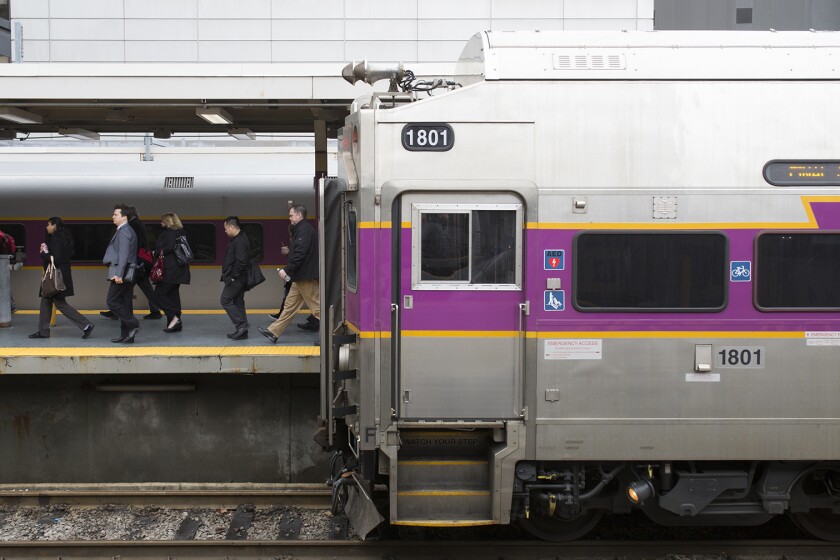That's because nearly half of the area's new jobs will be near a proposed commuter rail line connecting much of the Triangle, said GoTriangle President and CEO Charles Lattuca.
"There is a crying need for more mobility in this region," he told Wake County, N.C., commissioners Monday afternoon. "It is stunning. And it just builds the case and shows you how the jobs are coming."
Wake County leaders were briefed on the proposed commuter rail that would connect Johnston, Wake and Durham counties.
Lattuca showed a map with thousands of dots, each representing 50 new jobs to be created between 2020 and 2050. Of the 800,000 jobs, about 350,000 would be within one mile of the commuter rail.
A commuter rail has long been discussed, originating in the 2016 Wake Transit Plan, to connect people to jobs. It would be built along existing rail lines, unlike the failed light rail project for Durham and Orange counties that would have been new construction. GoTriangle ended the project in March 2019.
The proposed 43-mile route of the commuter rail would include stops in Durham, the Research Triangle Park, Morrisville, Cary, N.C. State University, downtown Raleigh, Garner and Clayton.
While the federal government could cover half of the cost, the rest would be paid by local counties. The total cost could top $2 billion.
The train could carry as many as 12,000 people a day, helping to get their cars off the road and reducing congestion.
Lattuca showed another map — calling it a "heart attack" map — that illustrates what vehicular traffic could look like in 20 years once those new jobs from Google, Apple and other companies arrive.
"It gives me a heart attack when I look at it, and I see what the future is going to bring," Lattuca said. "And that just shows you that, look, we can't build our way out from a road network standpoint. You can't build your way out of this congestion that's coming.
"You need alternatives. You need (bus rapid transit). You need local bus (systems). And you need commuter rail. And you need a network that can get people to where they need to go."
GoTriangle is studying whether the project is feasible, and will bring back more details later this year to the involved counties. If approved, construction could begin in 2025 with trains running in 2030.
(c)2022 The News & Observer (Raleigh, N.C.) Distributed by Tribune Content Agency, LLC.
Related Articles









